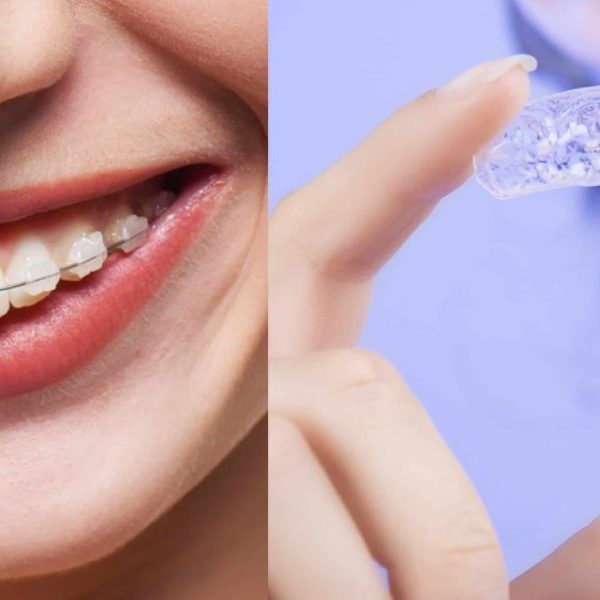If you drink a lot of coffee or tea, smoke or have had less-than-perfect dental hygiene in the past, you likely suffer from stains and yellowing teeth. This unpleasant problem can be dealt with in a number of ways, through the use of homemade teeth whitening solutions, over-the-counter teeth whiteners and in-office treatments at your dentist’s office. There are a number of effective homemade solutions that are easy to use.
Almost everyone has heard of brushing the teeth with baking soda. This simple daily routine can help in removing stains and preventing new ones from becoming more permanent. Baking soda can also be combined with a number of other substances to create even more effective whitening solutions.
Make a paste with baking soda and add 1 tsp. lemon juice and 1 tsp. salt to remove calcium from the teeth, a main factor in yellowing of the teeth. Another paste can be made by combining 2 tsp. hydrogen peroxide and 3 tsp. baking soda with water. After brushing, these mixtures can be applied to teeth and left for several minutes, then rinsed thoroughly.
Wood ash can also be used for this purpose as it contains potassium hydroxide, a mild bleaching agent. However, there is some risk of damage to the enamel, so this substance should not be rubbed onto teeth with great force or used more than once a week.
Orange peels can also make good homemade whiteners. One option is to rub the white portion of the orange peel directly on the teeth. Another option is to combine dried orange peel with dried bay leaves and rub on the teeth. Either way, this is an effective and simple remedy.
There are a number of foods that can be used to whiten the teeth. Chewing raw spinach will help greatly. Other foods that will clean the teeth and make them whiter include apples, celery and broccoli.
Many people make their own, personalized whiteners by using a combination of methods above. If you are planning on doing this, be sure to not use a mixture more often than advised or in a way that is not suggested for one particular ingredient in your mixture.
Some homemade solutions can damage the enamel on your teeth. To avoid this, do not rub or brush these on with much force. Be aware of possible signs of damage, such as discoloration that was not previously present. Also, pay attention to signs of irritation in your gums and mouth. If you find that a particular ingredient does not work well for you, discontinue use immediately.
Other options include store bought products to whiten the teeth and in-office treatments. Over-the-counter products come in 2 categories: bleaching and non-bleaching. Non-bleaching agents will work to counteract surface stains, while bleaching products will reach further, removing deep stains as well as surface stains. For anything more than routine cleaning, it is recommended that a bleaching product be used for best results. In-office treatments often involve the use of similar products but are cost prohibitive for most people.


